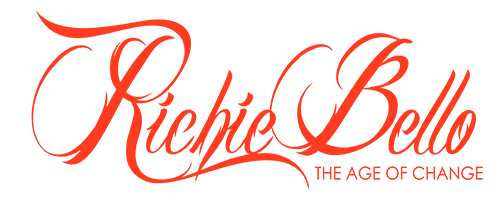With the Covid-19 pandemic disrupting so much of our lives, one aspect of the sales process most directly affected is prospecting. Now that you’re stuck inside, you may feel you can no longer execute your job as effectively as you used to with traditional methods. Conventions, conferences, and expos, once great ways to network and meet prospects, have been cancelled, forcing salespeople to rethink their approach to this essential activity. While there are countless useful resources out there on prospecting tips—and we have several blogs devoted to the topic as well—we thought it helpful to revisit some best practices for prospecting, including using your CRM, leveraging social media, and incorporating premium products/add-ons to identify and reach prospects during this shift to virtual selling. Here are a few tips to get you thinking about prospecting in new ways:
To be effective, prospecting must be a regularly occurring activity. With so many salespeople working from home due to the Covid-19 situation, vary the time and day of your outreach activities. As your own schedule has been uprooted, your prospects’ schedules have likely been as well, so don’t be afraid to mix it up! You could find the change results in increased attention.
Your CRM can be a great resource for prospecting and reaching out to potential new customers and older accounts you haven’t done business with in a while. Use it to take advantage of the contacts your organization has already accumulated and reach out to those clients or leads that didn’t work out previously. Now, with so much of our daily lives changing, old leads could turn out to be hot prospects more receptive to hear you out and better situated to benefit from your products and services.
Revisit your elevator pitch. Named for its brevity—optimally, the length of a short elevator ride—with the increased dependence on phone, email, and social media, your pitch must be even tighter to pique interest, raise awareness, and articulate value. As no one pitch will be effective in all circumstances, tailor your pitch and delivery option—phone, email, social media—to the unique prospects you identify. On the phone, use your active listening skills to ascertain changes in a prospect’s voice, such as their tone or word choice, to gauge how receptive they are, and be prepared to adjust accordingly. Remember, in an elevator pitch, you’re selling yourself as the ideal advisor for their business needs. Keep it short, friendly, and positive.
[embedyt] https://www.youtube.com/watch?v=zapsP8cBIUo[/embedyt]
Social media is a vital resource. Many clients have accounts on Facebook, Instagram, Twitter, LinkedIn, and many others, where you can learn personal details, like common interests, you can use to establish rapport. Perhaps you share a love of a sports team. Maybe it’s unique restaurants or a love of bourbon. Here, you can like or comment on a post to get on their radar, or perhaps share a link they might like. Keep it casual to avoid coming across as disingenuous or worse, but you could find opportunity to lead into professional correspondence about yourself or your company.
LinkedIn is the go-to social media platform for B2B sellers. Think of it as a virtual convention where you can connect with countless prospects. Start by requesting present or former clients. Basically, anyone with whom you’ve had a positive professional interaction should be in your network. The wider your LinkedIn network is, the more likely it is that one of your contacts will be connected to an individual who falls into your target audience. Leverage such connections and ask your contacts for a warm introduction or referral.
Premium products and add-ons, such as LinkedIn’s Sales Navigator, can be a valuable tool in the era of virtual prospecting. With these, you pay for additional features to gain access to richer data and reach more people. While standard LinkedIn lets you personally message through a connection request, Sales Navigator lets you directly message up to 50 additional prospects each month based on their job titles or personal connections you share. You can also conduct advanced searches to more readily identify ideal clients most receptive to your initial pitch as well as the products and services you offer. Also, plenty of database subscription providers, such as D&B Hoovers and ZoomInfo, allow you to research and get the contact information for thousands of potential clients. While the idea of purchasing contacts is a bit “old school” in this day and age, it can be an effective tool if used in a very targeted manner.
With the shift to working and selling virtually, sales professionals need to update their strategies to meet the demands of a new world. For many, a change in mindset or attitude can help you connect with clients virtually, either over the phone, through email, or social media. While these do not replace face-to-face interaction, fortunately, most traditional methods still apply—you’re just using them more or differently-—and those sales professionals willing to adapt can still be effective prospectors. After all, the result remains the same: gaining introductions to form connections that lead to productive relationships. Those who embrace the changes can see opportunity to get creative with the prospecting process to reach more people in new and exciting ways.
Make It A Champion Day!
Brandon K. Hardison
Champion Strategies










Leave a Reply